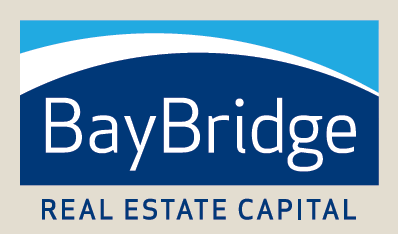New Opportunities Caused by the Industrial Boom
Over the past few years, there has been an explosion of demand for industrial commercial real estate. This trend can be attributed to online shopping emerging as a convenient alternative to traditional retail. The pandemic and national lockdowns crippled retail and brought industrial demand to a new level entirely. In addition, shipping costs and supply […]
Current Commercial Real Estate Market Conditions
Any historian worth their salt will tell you that history repeats. Patterns of similar thought and behavior can be identified throughout human history across cultural and generational boundaries. The same applies from an economic standpoint. Markets are cyclical, and there is much to learn from the past. Luckily for us, in 2023, we can observe […]
Golf Course Repurpose
Many golf courses across the U.S. have closed as the sport’s popularity continues to decline, especially among younger generations. This has led to a surprising trend in the Chicago suburbs, where industrial buyers are snapping up golf courses for their land at a rapid pace, according to CoStar. Golf courses offer hundreds of acres of […]
BayBridge Real Estate Capital Announces Addition
NEW YORK, April 10, 2023 – BayBridge Real Estate Capital today announced that Sam Talkow joined the firm as director of equity services. Talkow has specialized experience in real estate debt and equity originations and underwriting. Throughout his career, he has been involved in high-profile deals, including asset and business risk management and sourcing capital […]
CMBS Trouble
Commercial mortgage-backed securities (CMBS) are investment products that offer liquidity to commercial lenders and real estate investors by using mortgages on commercial properties as collateral. These fixed-income investments provide a relatively reliable source of income to investors while also providing financing opportunities to commercial lenders. However, in 2023, the reliability of CMBS is deteriorating in […]

